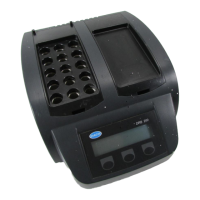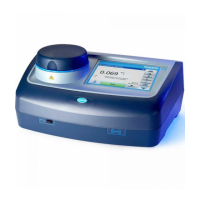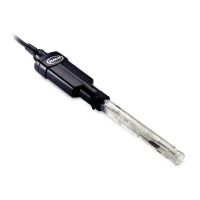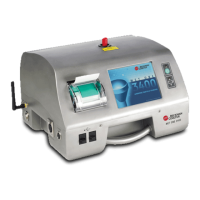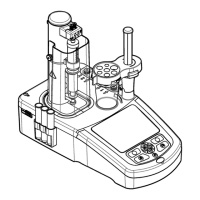25
If 50% hydrogen peroxide is not available, 30% peroxide may be used as
a last resort with caution. Because of the lesser strength, at least
1.67 times more volume must be used (i.e., 16.7 mL of 30% vs. 10 mL of
50% peroxide). Always run a digestion standard, either glycine
p-toluenesulfonate or nicotinic acid p-toluenesulfonate, when using
30 percent peroxide to check completion of the digestion. All
recommended safety precautions apply to both strengths of the hydrogen
peroxide. See Section 3, Safety Considerations.
4.2.6 Containment of Sample
Loss of sample from the digestion flask can occur in two ways:
(1) foaming or boiling over, and
(2) mist or spray in the ventilation air stream.
Foaming is a serious problem with certain sample types, so special
techniques have been developed. Some liquid samples, especially those
containing sugars, cannot be digested by the standard procedure, which
consists of placing a given volume in the flask, adding sulfuric acid and
heating. Under those conditions, foaming cannot be controlled. Instead,
the sulfuric acid is heated in the flask and the liquid sample is added
through the capillary funnel. Carbonization proceeds in a controlled
manner. When all the sample has been added, the peroxide treatment
begins and the digestion continues normally. Other ways to control
foaming include early addition of hydrogen peroxide and reducing the
temperature during carbonization.
Sample loss as spray or mist occurs when small droplets of liquid are
swept out of the flask along with gases, and escape in the ventilation air
stream. The current fractionating column design reduces spray loss to an
insignificant level.
4.2.7 Sampling and Storage
Samples must be homogeneous to ensure that a representative portion is
analyzed. Liquid samples should be homogenized via stirring or blending.
Solid samples should be finely ground or chopped and well mixed. After
digestion, samples should be diluted to the mark, mixed, and tightly
sealed. The diluted digestate will be stable for 2 to 3 days, as long as
evaporation does not occur.
4.2.8 Accuracy Check
Complete digestion is necessary for accurate results. The Digesdahl
system may be checked with Primary Standards for Kjeldahl Nitrogen
using one of the following methods.
网址:www.mamots.com 电话:0431-85178766
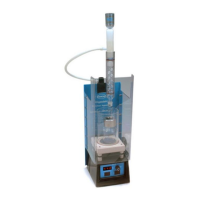
